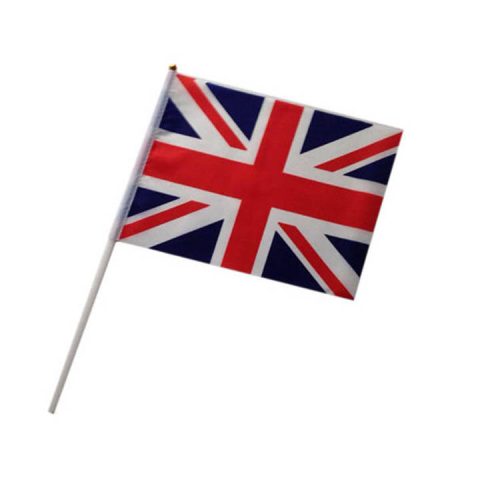The meaning and symbolism behind a country’s flag can reveal important information about its history, culture, and national identity. Here are some examples of the meaning and symbolism behind national flags:
- Canada: The Canadian flag features a red maple leaf on a white background with two red bars on either side. The maple leaf is a symbol of the country’s natural beauty and abundance, while the red bars represent Canada’s two official languages, English and French.
- Mexico: The Mexican flag features three vertical stripes of green, white, and red, with an eagle perched on a cactus and holding a snake in its beak and talons. The green stripe represents hope, the white stripe represents unity, and the red stripe represents the blood of the country’s heroes. The eagle and snake symbolize the Aztec legend of the founding of Tenochtitlan, the ancient capital of Mexico.
- India: The Indian flag features three horizontal stripes of saffron, white, and green, with a blue wheel in the center. The saffron stripe represents courage and sacrifice, the white stripe represents purity and truth, and the green stripe represents faith and prosperity. The blue wheel, known as the Ashoka Chakra, represents the cycle of life, death, and rebirth.
- South Africa: The South African flag features six colors and several geometric shapes, representing the country’s diverse cultures and histories. The colors include black, green, yellow, white, red, and blue, with each color representing a different aspect of the country’s history and culture.
- Brazil: The Brazilian flag features a blue globe with white stars on a green and yellow background. The green represents the country’s lush forests, while the yellow represents its wealth of natural resources. The blue globe with white stars represents the country’s position in the universe, and the phrase “Ordem e Progresso” (Order and Progress) reflects the country’s aspiration to create a harmonious society.
In summary, the meaning and symbolism behind a country’s flag can reveal important information about its history, culture, and national identity. From the colors and symbols used to the design and layout of the flag, each element can provide insights into the values and aspirations of the country and its people.


